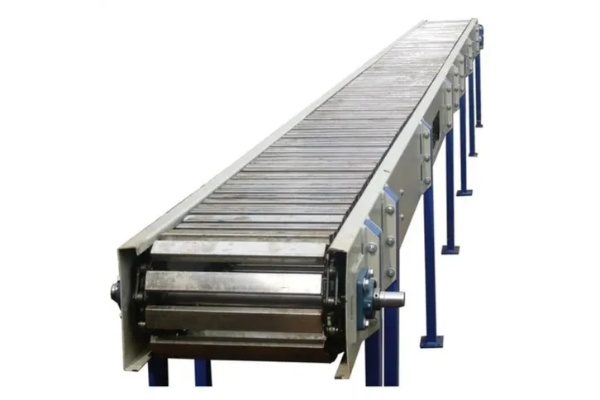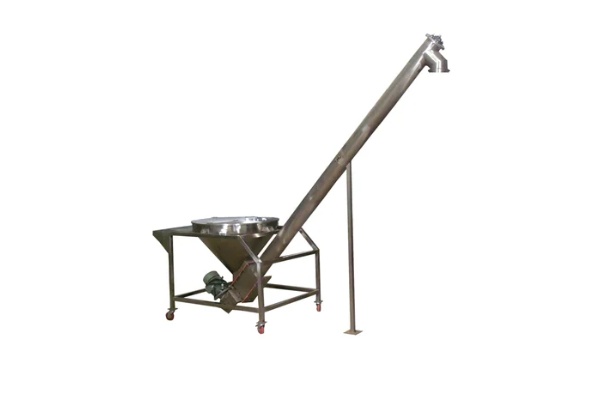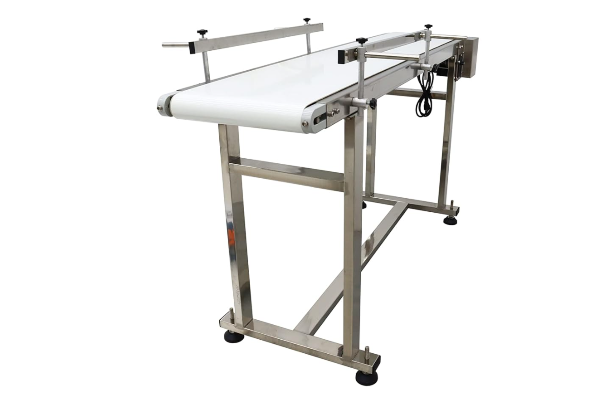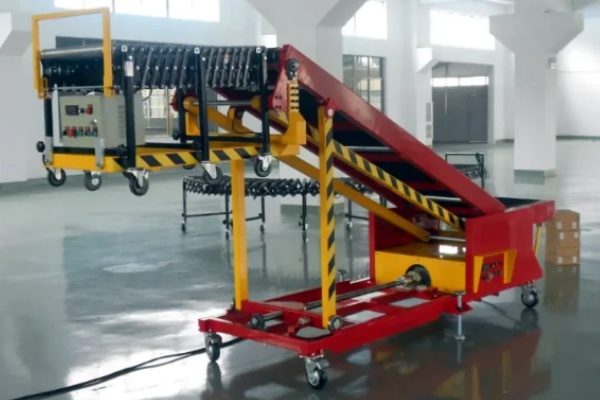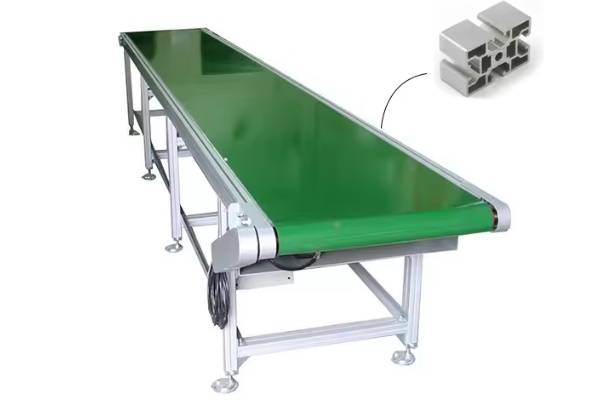
Belt conveyor
The price of belt conveyor varies greatly due to its model, length, width, conveying capacity, material. It ranges from US$200 to US$7,500 or even higher.
Size (length × width × height): 1*0.5-0.8*0.8 m/customized
Material: stainless steel/pvc/carbon steel
Speed: 1-25m/min variable
Belt width: 400/500/1500mm/customized
Capacity: 40kg/customized
Voltage: 110V/220V/380V
what is Belt conveyor?
The main function of Belt conveyor is to realize horizontal or inclined transportation of materials on a specific route. According to application requirements and site conditions, belt conveyor can be divided into many types, including corrugated sidewall belt conveyor and mobile belt conveyor, each type is optimized for specific material characteristics and conveying environment. Small belt conveyor can handle tens of tons of materials per hour, and the conveying distance is within a few meters; while large belt conveyor can achieve thousands of tons of conveying per hour, and can cover several kilometers or even farther distances, meeting the needs of material transportation of different scales.
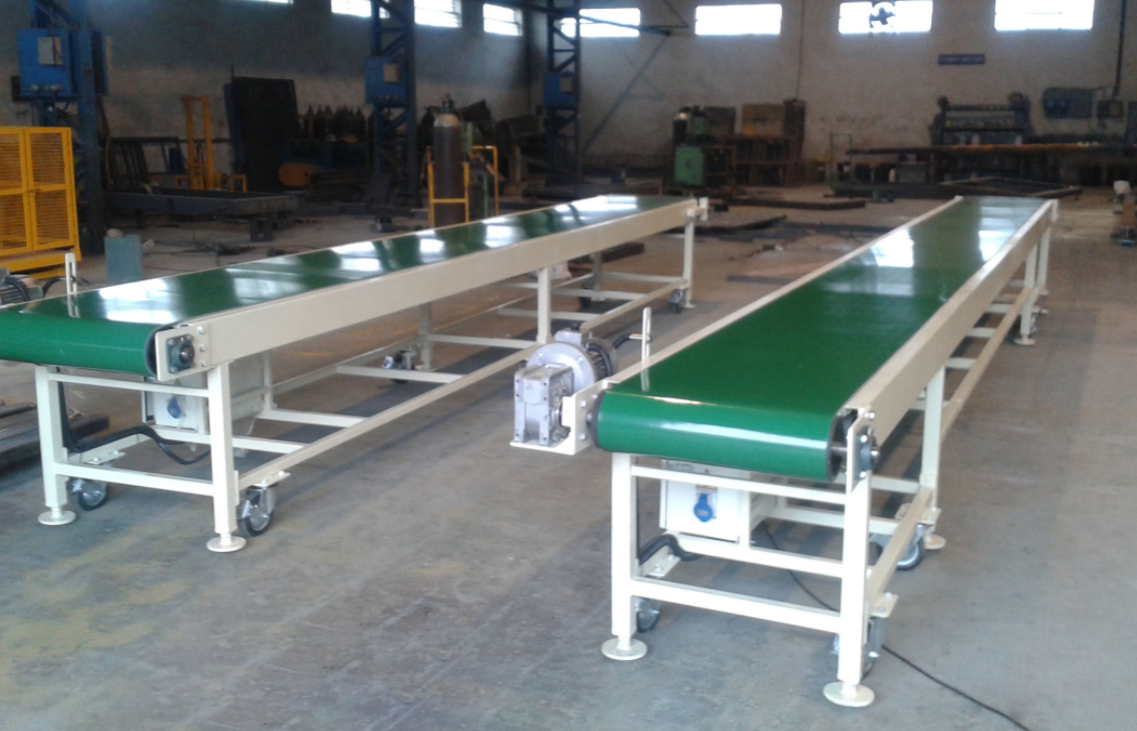
Belt conveyor can be divided into horizontal belt conveyor, inclined belt conveyor and Z-type belt conveyor according to different conveying scenarios to meet the needs of different space layouts and height difference conveying. In terms of materials, belt conveyor has a variety of options such as rubber, PVC, PU, stainless steel mesh belt, etc. In addition, according to the conveying situation, belt conveyor can also be divided into sidewall type, open type and closed type. Sidewall type is suitable for preventing materials from rolling or overflowing, open type has a simple structure and is easy to maintain, and closed type can effectively prevent dust from flying or material contamination. These diverse classifications enable the Belt Conveyor to flexibly cope with a variety of complex conveying challenges.
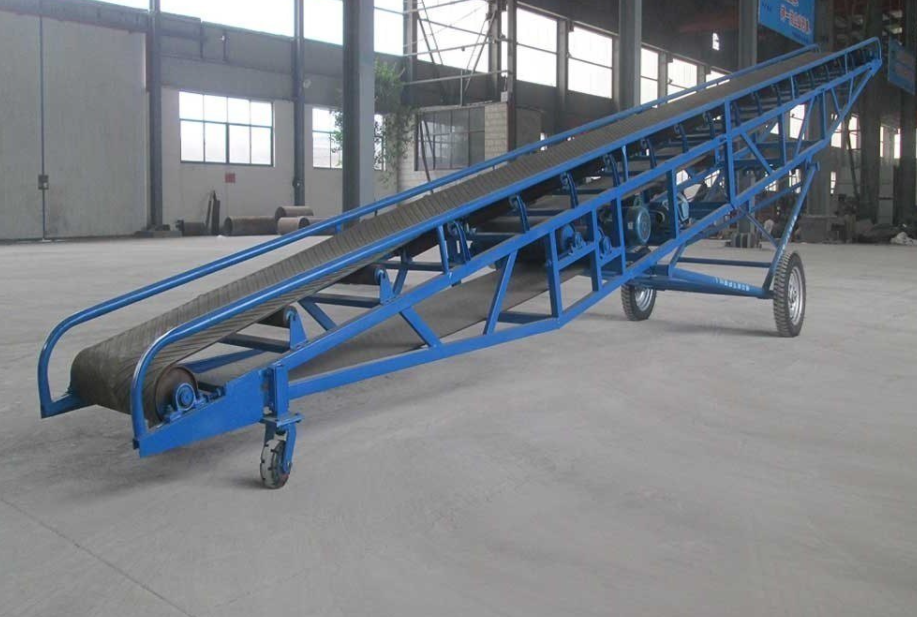
What are the types of belt conveyors?
Belt conveyors are common material handling equipment in industrial production. There are many types of them, which can be classified according to the conveying scene, material and conveying situation. The following are its common types:
Classification by conveying scene
Horizontal belt conveyorConveying distance: ranging from a few meters to hundreds of meters, depending on the specific application and site restrictions.
Conveying capacity: a wide range, from a few tons per hour to thousands of tons, depending on the bandwidth, belt speed and material density.
Applicable materials: suitable for bulk and block materials such as coal, ore, sand and gravel, cement, grain, parcels, etc.
Features: simple structure, smooth operation, easy maintenance, it is a type of conveyor with strong versatility.
Tilted belt conveyorConveying distance: usually shorter than horizontal conveyors, but there are also applications of tens to hundreds of meters.
Angle: generally between 0 and 35 degrees, the specific angle depends on the material;s repose angle and the friction of the belt surface. When the angle is large, it may be necessary to use a patterned belt or add sidewalls and partitions.
Conveying capacity: decreases with the increase of the inclination angle, because too large an inclination angle will cause the material to roll down.
Applicable materials: suitable for bulk materials that are not easy to roll down, such as coal, ore, gravel, cement, etc. For packaged or piece items, the inclination angle limit is small.
Features: compact structure, can effectively utilize space, and achieve vertical height lifting or lowering.
Z-type belt conveyorThe Z-type belt conveyor combines the functions of horizontal conveying and inclined conveying, and is Z-shaped or L-shaped, which can achieve maximum height lifting in a limited space. Belts with skirts and partitions are usually used to prevent materials from sliding.
Conveying distance: usually short, mainly used to achieve rapid vertical height lifting. The vertical lifting height is about 2m-10m.
Conveying capacity: Compared with traditional flat belt conveyors, the conveying capacity may be limited at the same width, but it has unique advantages for high-level lifting.
Applicable materials: suitable for various bulk materials, especially materials that need to be greatly lifted, such as grain, ore, etc.
Features: small footprint, large lifting height, can effectively solve the problem of height difference transportation, suitable for places with limited space.

Classification by belt material
Rubber conveyor beltFeatures: wear-resistant, impact-resistant, high strength, good elasticity.
Applicable materials: widely used in the transportation of bulk materials such as coal, ore, sand and gravel, cement, grain, etc.
Conveying conditions: can be used in various environments, including humid and abrasive environments. According to the rubber formula, it can also be divided into heat-resistant, cold-resistant, acid-resistant, alkali-resistant, flame-retardant and other types.
PVC/PU conveyor beltFeatures: light weight, oil-resistant, corrosion-resistant, easy to clean, non-toxic.
Applicable materials: mainly used in food, electronics, light industry and other industries, conveying food, electronic components, light industrial products, etc.
Conveying conditions: suitable for conveying occasions with high hygiene requirements, light loads and medium loads.
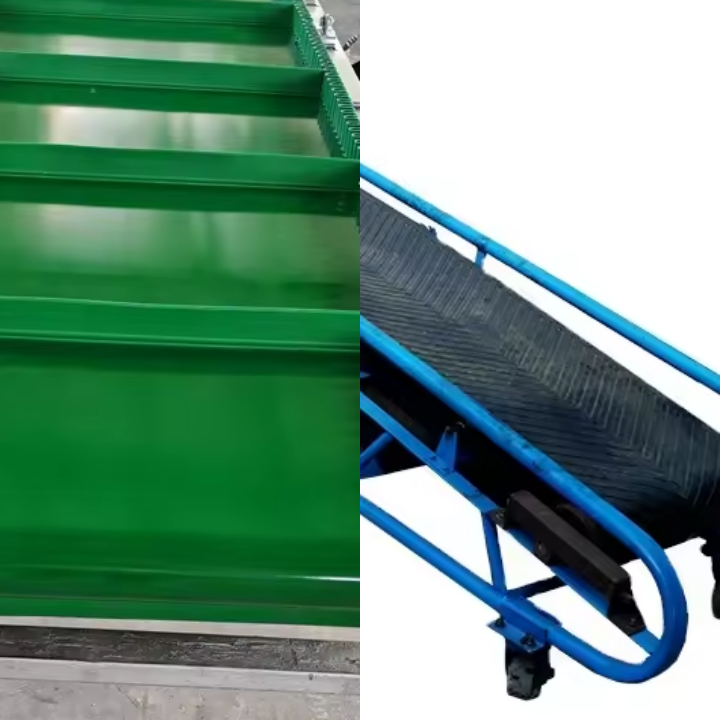
Classification by conveying conditions
Open belt conveyorBoth the conveyor belt and the material are exposed to the external environment. It is suitable for occasions where the environmental requirements are not high, the material is not dust-polluted or does not require special protection. Such as coal, ore, sand and gravel, grain, etc.
Conveying distance: any length, from a few meters to tens of kilometers.
Angle: horizontal or small inclination (usually less than 20 degrees).
Features: simple structure, low cost, easy maintenance, good versatility. The disadvantage is that the material is easily affected by weather such as wind and rain, and may also cause dust pollution.
Sidewall belt conveyorThe sidewall belt conveyor is equipped with corrugated sidewalls on both sides of the conveyor belt, and cross partitions are evenly spaced on the belt surface to form a hopper.
Conveying distance: relatively short, usually used for vertical or large angle lifting.
Applicable materials: suitable for various bulk materials, especially materials that are easy to scatter and need to be conveyed at a large angle.
Features: small footprint, can greatly increase the conveying height, and can avoid material scattering.
Enclosed belt conveyorThe enclosed belt conveyor wraps the material in a closed conveyor belt, or rolls up the edges of the conveyor belt to form a trough.
Conveying distance: can be long or short, and the tubular belt conveyor is especially suitable for long-distance and complex terrain transportation.
Angle: Tubular belt conveyors can achieve large angle conveying, and can adapt to undulating terrain, and even curve conveying. Trough conveyors are usually used for horizontal or small angle conveying.
Applicable materials: Tubular belt conveyors are particularly suitable for conveying materials that are prone to dust, toxic, corrosive or easily contaminated, such as cement, chemical raw materials, mineral powder, etc. Trough conveyors are used to convey granular, blocky and bulk materials to effectively prevent materials from slipping.

What are the advantages of belt conveyor?
As a common material conveying equipment, belt conveyor plays an important role in many industries. Its advantages are mainly reflected in the following aspects:
High efficiency and large transport capacity
Continuous conveying, uninterrupted: Belt conveyor adopts a continuous belt design, which can convey materials uninterruptedly, thereby greatly improving the efficiency and throughput of material handling and reducing production bottlenecks.
Strong processing capacity: The heavy-duty belt conveyor system can handle a large amount of materials, whether it is bulk materials (such as coal, ore, grain, sand) or piece items (such as parcels, boxes, bags).
Wide range of application and strong versatility
Material diversity: It can convey materials of various types and shapes, including loose aggregates, powders, granules, and even large items of irregular shapes.
Flexible distance: Belt conveyor performs well in long-distance material transportation. With proper design and support structure, it can span hundreds or even thousands of meters, reducing the need for intermediate transfer points.
Tiltable conveying: It can be conveyed horizontally, inclined or even at a large angle, which is very suitable for scenes that require climbing transportation, such as transporting materials from the ground to a high place.
Stable operation
Durable structure: Belt conveyors are usually made of strong materials and designed for demanding environments, so they have a long service life and low maintenance requirements. This helps reduce operating costs and downtime.
Less product damage: Since the material moves smoothly on the conveyor belt, especially for fragile items (such as grains, lentils, etc.), the product breakage during transportation can be effectively reduced.
Easy to inspect and unload: The material is clearly visible on the belt, which is easy to inspect. At the same time, the material can be unloaded at almost any position by installing a "discharger", which is very flexible.
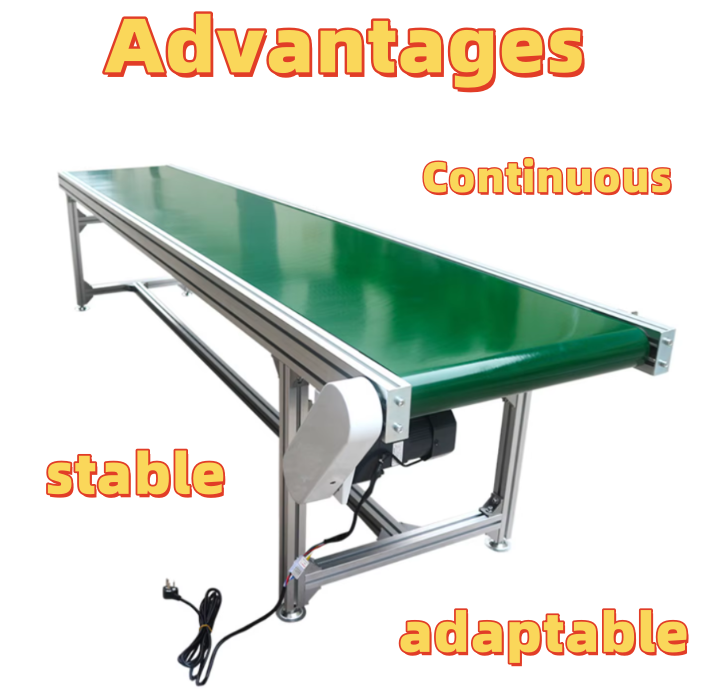
What is the principle of belt conveyor?
Belt conveyor is a friction-driven machine that transports materials in a continuous manner. Its working principle is mainly to use the continuous movement of the conveyor belt to carry materials. When working, the drive device (usually an electric motor) drives the drive roller to rotate through the reducer and the coupling. There is friction between the drive roller and the conveyor belt, and it is this friction that drives the conveyor belt forward. The conveyor belt is usually made of materials such as multiple layers of canvas, nylon or polyester fiber, with a certain strength and elasticity, and can withstand the weight of the material and the tension during operation. Driven by the drive roller, the conveyor belt forms a closed loop, and the section above it that carries the material is called the load-bearing section, and the section below that is unloaded is called the return section. The conveyor belt of the load-bearing section is supported by a series of rollers, which are used to support the conveyor belt and the material, and reduce the sag of the conveyor belt to ensure the smooth operation of the conveyor belt. The material is evenly placed on the conveyor belt through a funnel or other feeding device from the feed end, and the material is brought to the discharge end as the conveyor belt moves. At the discharge end, the conveyor belt passes over the redirecting roller and the material is discharged from the conveyor belt due to gravity or the action of scrapers.
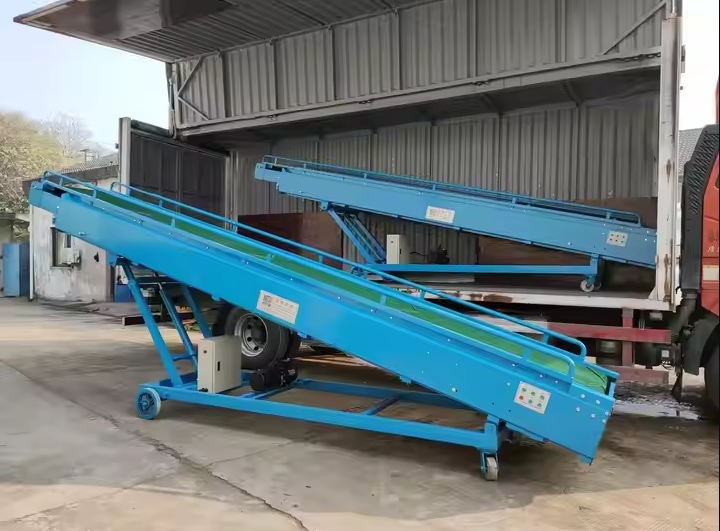
Belt conveyor parameters
|
Belt width (mm) |
Conveying length(m) Power(kw) |
Conveying speed (m/s) |
Conveying amount (t/h) |
||
| B400 | ≤10 | 12-15 | 5-30 | 1.25-2.0 | 30-60 |
| 3 | 3-4 | 4-7.5 | |||
| B500 | ≤10 | 12-15 | 15-30 | 1.25-2.0 | 40-80 |
| 3 | 4-5.5 | 5.5-7.5 | |||
| B650 | ≤10 | 12-15 | 15-30 | 1.25-2.0 | 80-120 |
| 4 | 7.5 | 7.5-11 | |||
| B800 | ≤10 | 12-15 | 15-30 | 1.25-2.0 | 120-200 |
| 4 | 7.5 | 7.5-15 | |||
| B1000 | ≤10 | 10-20 | 20-40 | 1.25-2.0 | 200-320 |
| 5.5 | 7.5-11 | 11-22 | |||
| B1200 | ≤10 | 10-20 | 20-40 | 1.25-2.0 | 290-480 |
| 7.5 | 7.5-15 | 15-30 | |||
| B1400 | ≤10 | 10-20 | <20-40 | 1.25-2.0 | 400-680 |
| 11 | 15-22 | 22-45 | |||
| B1600 | ≤10 | 10-20 | <20-50 | 1.25-2.0 | 600-1080 |
| 15 | 22-30 | 30-75 | |||
| B1800 | ≤10 | 10-20 | <20-50 | 1.0-2.0 | 200-1500 |
| 18.5 | 30-45 | 45-110 | |||
| B2000 | ≤10 | 10-20 | <20-40 | 1.0-2.0 | 1000-2000 |
| 22 | 45-55 | 55-132 | |||
| B2400 | ≤10 | 10-20 | <20-40 | 1.0-2.0 | 1500-3000 |
| 30 | 55-75 | 75-185 | |||
What is the difference between a conveyor and a conveyor belt?
Both conveyors and conveyor belts are related to the movement of objects, but in fact, the two have significant differences in function, application scenarios and complexity. A conveyor belt usually refers to a core component in a conveyor system. It is essentially a continuous, looping belt usually made of rubber, PVC, metal mesh or other flexible materials. This belt is driven by power (such as motors and rollers) to circulate between two or more rollers to carry and move objects. It is characterized by a relatively simple structure and low cost. It is mainly used for continuous, stable, and large-scale material transportation, such as conveying products on the assembly line of a factory, conveying luggage in the baggage handling system of an airport, or conveying goods in front of the checkout counter of a supermarket. The conveyor is a broader concept, which is a complete and integrated material handling system. The conveyor not only includes the conveyor belt itself, but also covers the drive device (motor, reducer), support structure (frame, legs), guide device, tensioning device, control system (sensor, PLC), and other possible additional functional modules, such as sorting device, weighing device, scanning and identification system, etc. In short, a conveyor is a complete set of equipment or solutions that uses conveyor belts or other conveying media (such as chains, rollers, airflow, etc.) to move materials along a specific path. There are many types of conveyors, including belt conveyors, roller conveyors, chain conveyors, screw conveyors, etc., each of which has its own unique application scenarios and advantages.
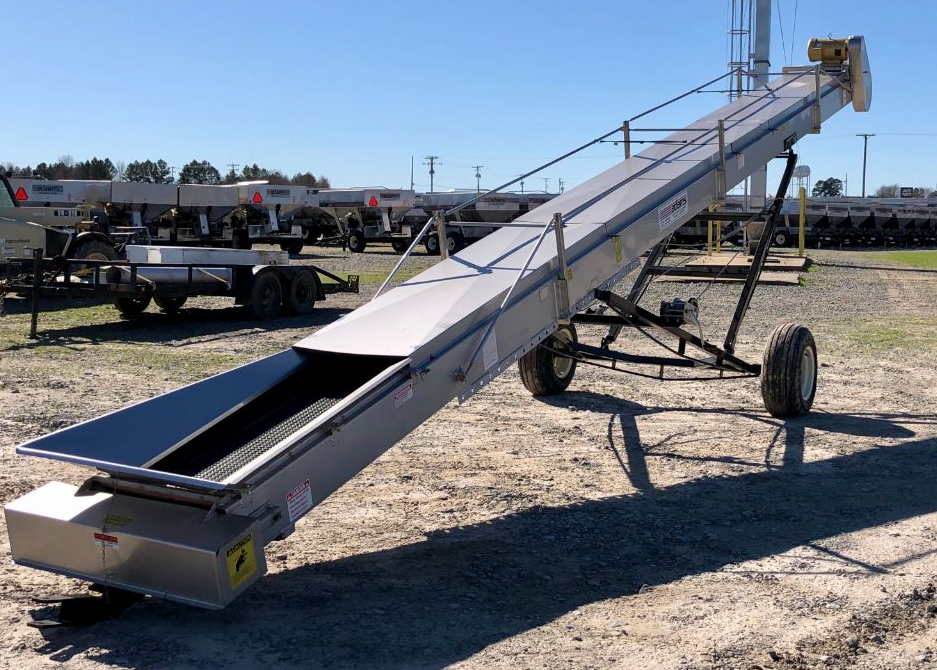
What are the applications of belt conveyor?
Belt conveyor plays a key role in various production and logistics links. Its application range is very wide, and its core function is to continuously transport bulk materials or finished items from one location to another. The following are the main applications of belt conveyor:
Bulk material transportation: One of the common applications of belt conveyor is to transport various bulk materials, such as sand, coal, ore, grain, soil, cement, fertilizer, etc. Due to the continuity and adaptability of the belt, it can easily cope with bulk materials of different particle sizes and densities.
Piece item transportation: In addition to bulk materials, belt conveyor is also widely used to transport finished items, such as packaging boxes, bagged products, parts, cargo pallets, etc. In assembly lines, sorting centers and warehouses, it can realize the automated handling of items.
Production line integration: In many industrial production, belt conveyor is the link connecting different production processes. It can transport semi-finished products from one processing station to the next processing station, realize the automation and continuity of the production process, and improve production efficiency.
Logistics sorting: In the field of logistics and warehousing, belt conveyors are often used for high-speed sorting of parcels and goods. Combined with scanning and identification systems, it can quickly and accurately guide items to different destinations, improving logistics efficiency.
Long-distance transportation
Long-distance transportation: Compared with other material handling methods, belt conveyors have unique advantages in long-distance material transportation. Through multi-level series connection, it can achieve continuous transportation within a range of hundreds of meters or even kilometers, reducing intermediate transfer links and costs.
Across terrain: Belt conveyors can be flexibly arranged according to the terrain, such as climbing, turning, and even running underground or underwater. This enables it to adapt to complex geographical environments and solve the challenges of material transportation.
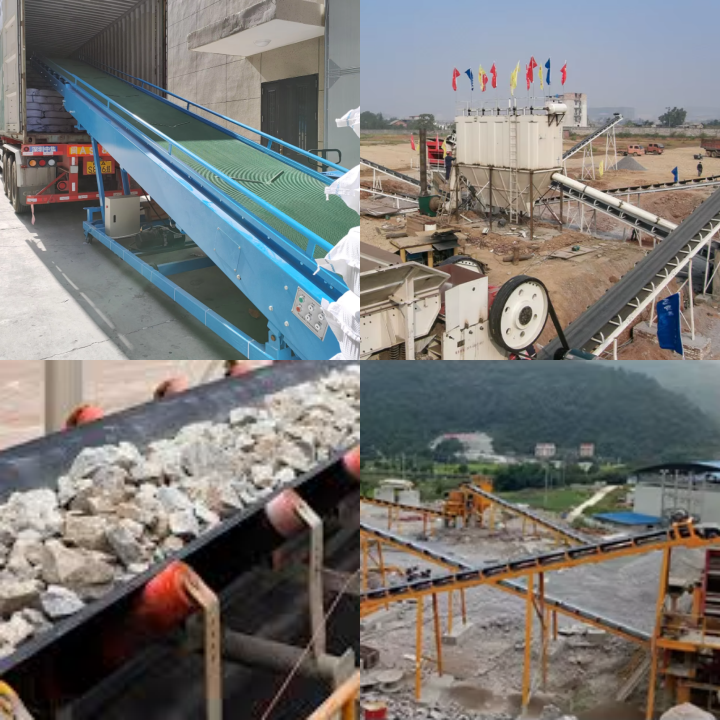
What are the prices of belt conveyors?
The price of belt conveyors is affected by many factors, and its price ranges from $200 to $7,500 or even higher. This huge price difference mainly depends on the following key factors:
Bandwidth and length: The larger the bandwidth, the longer the conveying distance, the more materials required, the more complex the structure, the greater the drive power, and the higher the price.
Conveying capacity (conveyance): The amount of material that a conveyor can convey per hour directly affects its design specifications and drive system. A larger conveying capacity usually means that a wider belt, a stronger motor, and a sturdier frame are required, which pushes up the price.
Belt material and quality: The price of belts made of different materials such as ordinary rubber belts, wear-resistant belts, heat-resistant belts, and oil-resistant belts varies significantly. The higher the quality grade of the belt and the more outstanding the special performance, the higher the price.
Drive mode and motor power: The drive mode (such as single drive, dual drive, multi-point drive) and the size of the motor power directly affect the price of the equipment. High-power motors and more complex drive systems cost more.
Frame structure and material: The strength and stability of the conveyor frame are crucial. Different materials such as carbon steel and stainless steel, as well as different structural designs such as open, closed, trough, and tubular will affect the cost. Anti-corrosion, dust-proof, and explosion-proof designs in special environments will further increase the cost.
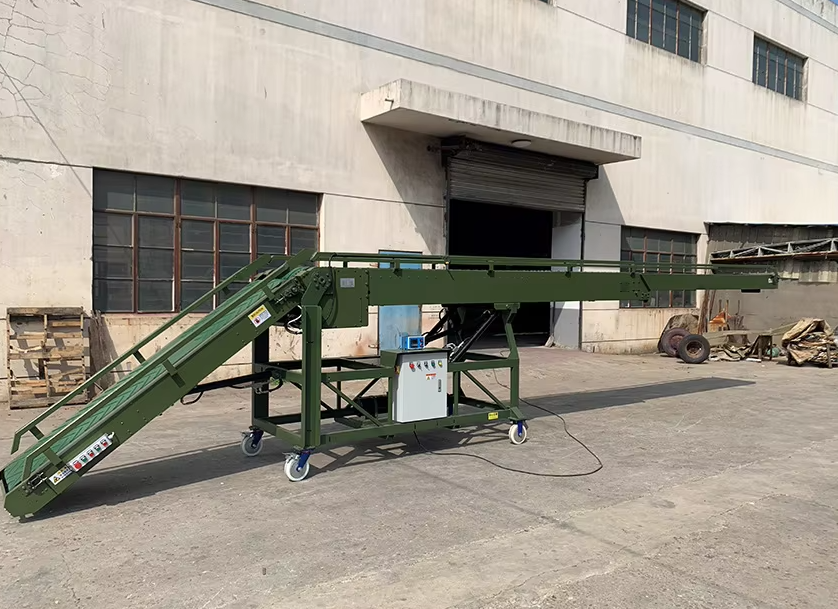
Belt conveyor manufacturers
As a bulk material conveying equipment, belt conveyor manufacturers have demonstrated significant customization capabilities in meeting diverse industrial needs. This capability is mainly reflected in the flexible adjustment of multiple dimensions such as design, materials, functions and integration to adapt to specific working conditions and production processes. At the design level, manufacturers can carry out personalized structural design based on the site size, material characteristics (such as particle size, humidity, corrosiveness, abrasiveness, etc.) and conveying volume requirements provided by customers. This includes adjusting the length, width, and inclination angle of the conveyor, and even designing complex turning, climbing or down-transportation layouts. Material selection is another important manifestation of customization capabilities. Manufacturers will recommend or select conveyor belts of different materials (such as ordinary rubber belts, tropical belts, acid-resistant belts, food-grade conveyor belts, etc.), rollers, drums and racks based on factors such as the abrasiveness and corrosiveness of the materials and the temperature and humidity of the working environment. Manufacturers not only provide a single belt conveyor, but also connect and integrate it with other conveying equipment (such as bucket elevators, screw conveyors) or process equipment (such as crushers, screening machines) according to customer needs to form a complete material handling solution. In summary, belt conveyor manufacturers can effectively respond to and meet the complex and changing material transportation needs in various industrial production through their customization capabilities in design, materials, functions and integration.
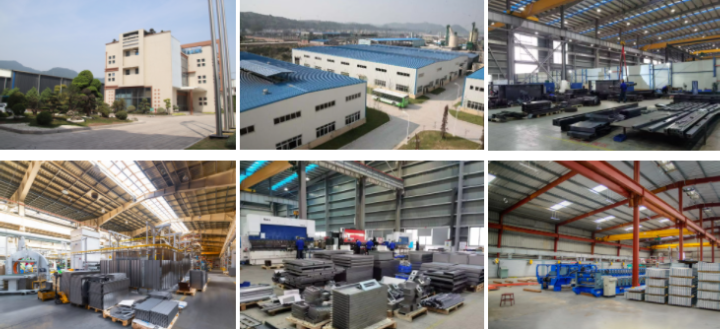
Belt conveyor case
Belt conveyor has become an indispensable conveying equipment in industrial production due to its stable and continuous characteristics. It is suitable for areas where bulk materials or finished items need to be transported over long distances and in large quantities. For example, in mines and quarries, belt conveyors can easily handle the transportation of bulk materials such as coal, ore, sand and gravel. Whether on the surface or underground, they can ensure the continuous and rapid transfer of materials, greatly improving mining efficiency. Its flexible layout can also adapt to complex terrain conditions. At ports and docks, belt conveyors are responsible for unloading bulk grain, minerals, cement, etc. from cargo ships, or transporting materials to be loaded to the cabin. In the power industry, especially thermal power plants, belt conveyors are responsible for receiving, storing and transporting coal to boilers. From coal yards to coal mills, and then to combustion furnaces, belt conveyors have built a complete fuel transportation system to ensure the stable output of electricity. The building materials industry is also inseparable from belt conveyors. Belt conveyors are widely used in the transportation of raw materials such as cement, clinker, sand, and gravel, the material distribution of concrete mixing plants, and the treatment and recycling of construction waste, which significantly improves construction efficiency. Whether it is horizontal, inclined, or combined transportation, belt conveyors can meet various complex transportation needs with their excellent performance.
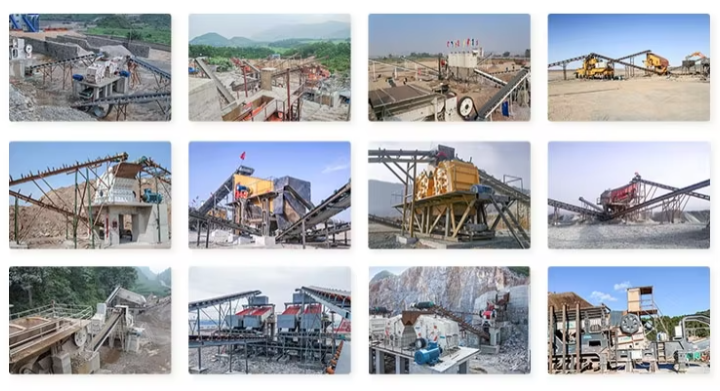
As a basic material handling tool, the design and application of belt conveyor mainly revolve around the displacement requirements of materials. For materials of different natures and different conveying environments, the specific configuration and maintenance strategy of belt conveyor will also be adjusted. Regular inspection and maintenance of these equipment is the key link to ensure their continuous operation and completion of the scheduled conveying tasks. Whether it is its adaptability to different materials or its coverage in conveying volume and conveying distance, it has become an integral part of the current material handling system. Various types of belt conveyors meet the material transmission requirements in specific environments according to their differences in structure and working principle.
